Our Partner Universities
Upcoming Masterclasses

FEATURED EVENT
Building Global Careers from Singapore: SMU MIM Alumni Share Their Path
Insights, Journeys, and Advice from Singapore Management University Graduates
EVENT STARTS IN
00
DAYS
00
HOUR
00
MINS
00
SECS
DATE
Wednesday, 06 August 2025
TIME
10:00 AM EDT (America/New_York)
PLATFORM
Zoom
YOUR INSTRUCTORS

Marie Goh
Postgraduate Admissions Manager

Divya Garg
Alumni

Anushka Mathur
Alumni
KEY TAKEAWAYS
Get answers about programmes, career prospects, and study experience.
Chance to build professional connections with peers and industry experts
Get access to exclusive app fee waivers




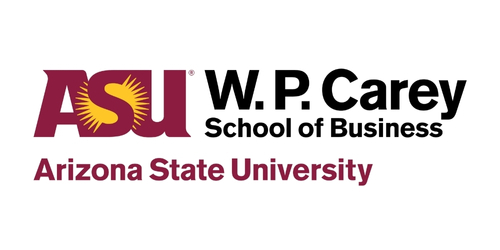

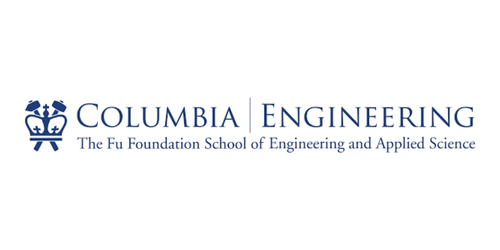
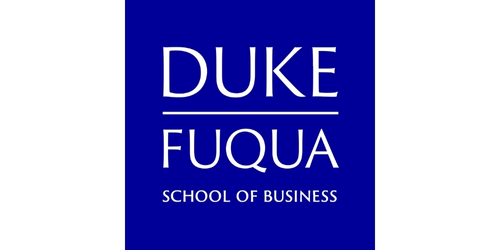



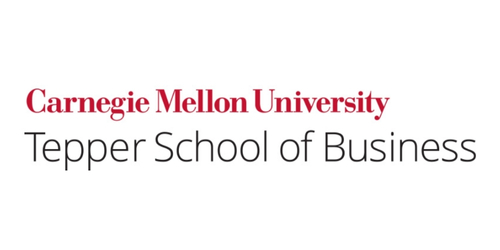
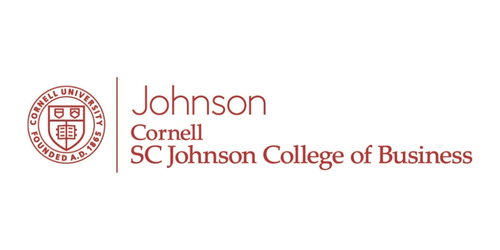

.png)






.png)




